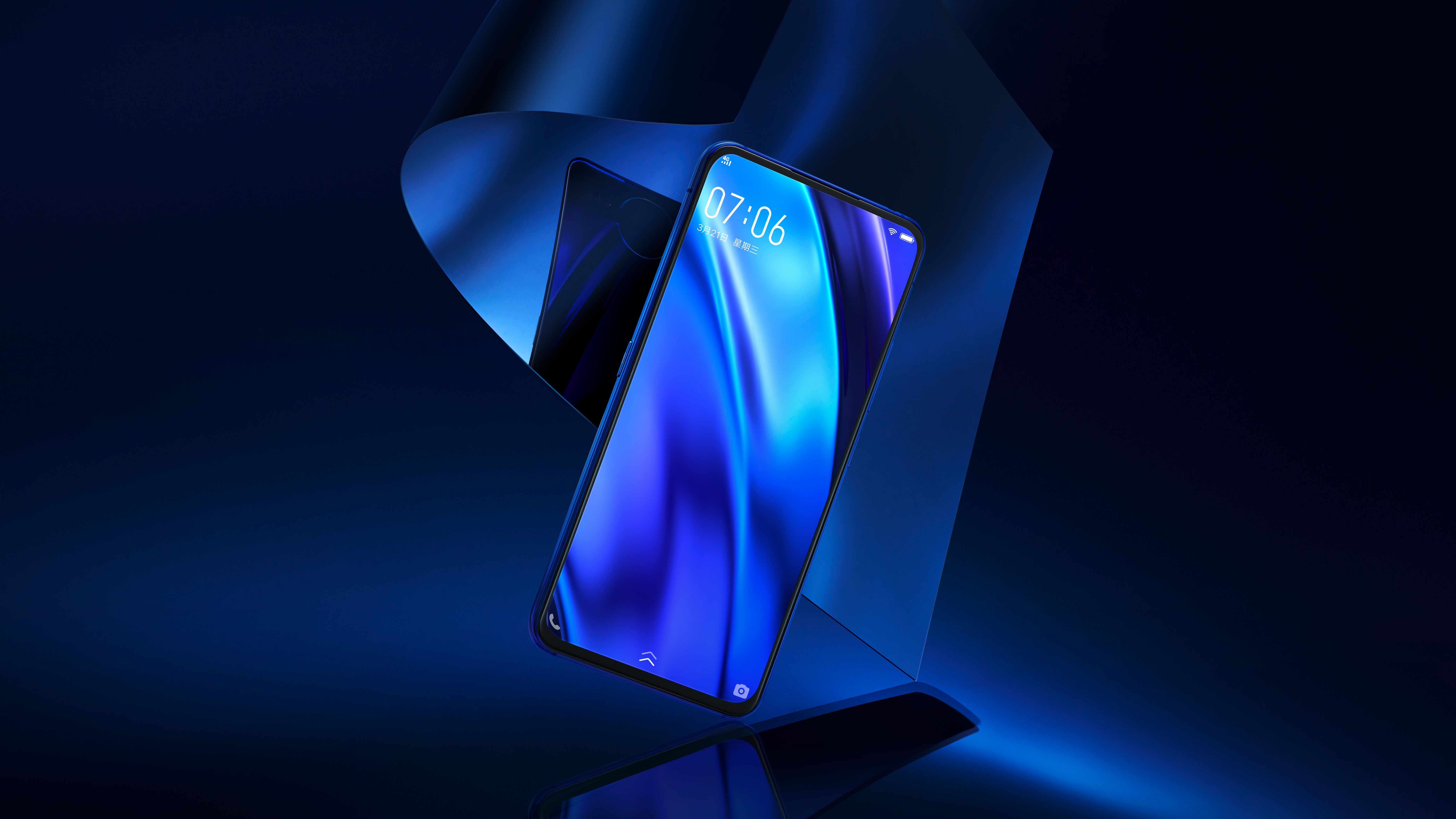Vivo Nex Dual Display Edition announced with two screens and three cameras
No front-facing camera needed

Earlier in 2018 the Vivo Nex landed with an almost bezel-free front and an in-screen fingerprint scanner, which at the time was still a rarity, but now the company is back with an even more unusual and ambitious handset dubbed the Vivo Nex Dual Display Edition.
You still get an almost bezel-free front (specifically a 91.63% screen-to-body ratio) and an in-screen fingerprint scanner, but as well as the main 6.39-inch 1080 x 2340 Super AMOLED display there's also a 5.49-inch 1080p Super AMOLED screen on the back.
That's there so that you can frame photos using the main cameras, meaning there's no need for a camera on the front of the phone.
The Vivo Nex Dual Display seems to have put a lot of focus into its cameras too, as the back has a 12MP f/1.79 main lens, a 2MP f/1.8 'Night Video Camera', designed to improve footage in low light and footage of motion, and a TOF (Time Of Flight) 3D camera, which can judge depth and supports 3D modeling.

A Lunar Ring and high-end specs
Another potential highlight of the Vivo Nex Dual Display is a 'Lunar Ring' on the back, which is a glowing ring of colors that can act as a notification light or pulse to music.
While these are the features that could set the Vivo Nex Dual Display apart from other handsets, it doesn't skimp on the basics either, as it has a Snapdragon 845 chipset, 10GB of RAM, 3D facial recognition, 128GB of storage, a 3,500mAh battery and runs Android 9 Pie.
However, interesting as the Vivo Nex Dual Display sounds we wouldn't count on it being widely available. Currently it has only been confirmed for China where it will go on sale from December 29 for 4,998 yuan (around $725, £575, AU$1,000), and its predecessor wasn't sold globally.
Get daily insight, inspiration and deals in your inbox
Sign up for breaking news, reviews, opinion, top tech deals, and more.
James is a freelance phones, tablets and wearables writer and sub-editor at TechRadar. He has a love for everything ‘smart’, from watches to lights, and can often be found arguing with AI assistants or drowning in the latest apps. James also contributes to 3G.co.uk, 4G.co.uk and 5G.co.uk and has written for T3, Digital Camera World, Clarity Media and others, with work on the web, in print and on TV.